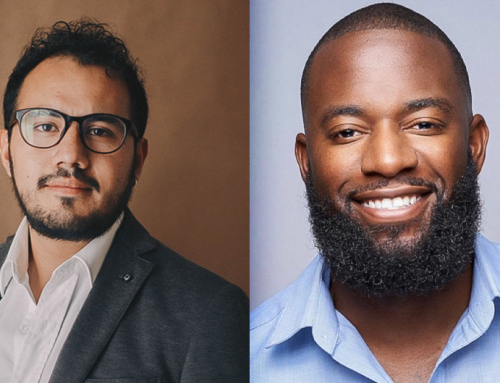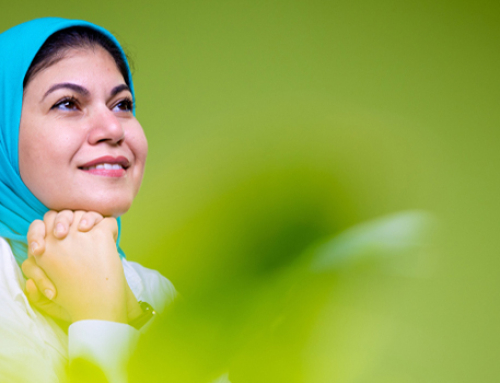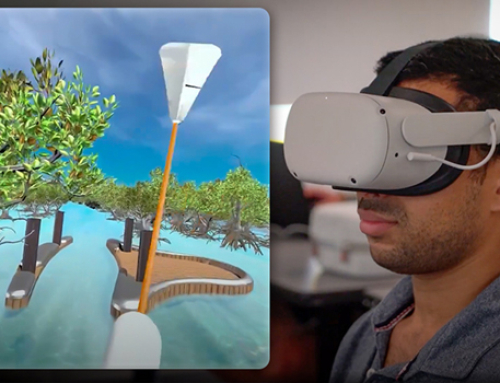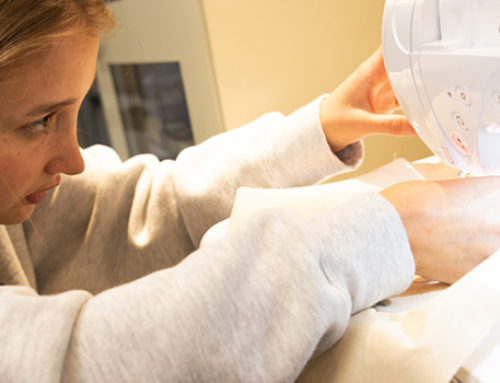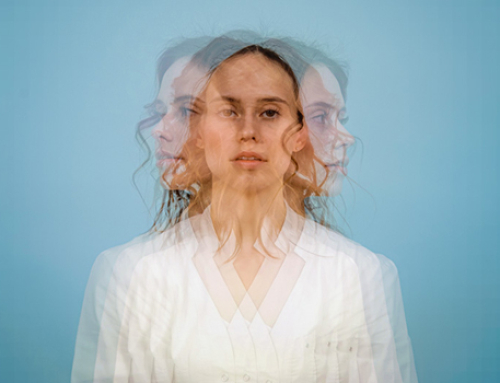
A virtual reality project recreates the Cuban Freedom Flights.
By Barbara Gutierrez
Noel Nuñez grew up listening to his Cuban-born parents talk about their emotional exodus from Cuba aboard the Freedom Flights, a refugee airlift that transported Cubans from the island to Miami from 1965 to 1973.
Nuñez, who this month received a Master of Fine Arts in interactive media from the University of Miami School of Communication, decided to turn his parents’ memories into a virtual reality capstone project called “The Cuban Freedom Flights—A Mixed Reality Experience.”
“I was personally impacted by the Freedom Flights because my mother and my father came in those flights as children,” said Nuñez, a transitional advisor in the Office of the Provost. “I wanted to use augmented reality with history to create a project that would entertain as well as educate.”
His project is a digital time machine where viewers can explore three portals: gallery, stories, and history.
His virtual world starts off with the island of Cuba floating on a blue platform. Virtual reality (VR) goggles and two controllers let the viewers enter the world in which they can click through and learn more about the country’s different provinces.

Under the history portal, the viewers enter a world that provides background information on the refugee flights project, the largest one in United States history, that brought 300,000 Cubans to this country. The Cubans were fleeing the island to escape Fidel Castro’s communist state.
Poignant black and white pictures from University of Miami Libraries’ Cuban Heritage Collection pop out in a 3D scenario, and the user can explore the many faces of the refugees waiting to board the airplanes, seated in waiting areas or standing on the tarmac. Some faces are serious, others anxious. A few of them smile for the camera. Children sit or stand close to their parents.
“I think his project is engaging because it tells an interesting story in an interesting way. If you like learning about history, especially in the context of storytelling, there has never been a better time to be alive,” said Clay Ewing, associate professor in the Department of Cinema and Interactive Media. “There are so many stories to be told and the ability to tell them has never been so accessible, nor in such a wide variety of formats. It’s also a well-executed project. Noel is a very talented illustrator.”
The VR journey continues when an avatar of a middle-aged woman appears and says: “Hello, my name is Elena. I am from Santa Clara, Cuba. I immigrated here in the United States and came through the Freedom Flights. We came Dec. 5, 1969. I was nine years old. My sister was close to eight.”
The avatar recalls when her grandfather’s cigar factory was taken over by “milicianos,” or government soldiers who marched into the establishment one day to seize the business.
As she continues her tale, the viewer is immersed in a wood-lined cigar factory with wooden “taburetes,” the sturdy rustic chairs used by cigar workers as they performed their craft. A box of Cuban cigars floats in front of the viewers’ eyes.

When Elena talks about going to Varadero airport and boarding the plane to Miami, the viewer can grab the plane by dragging the controller over a blue trail and pushing a button. Inside the plane, it feels like one is flying with her. Inside the aircraft the passengers start to shout “Libertad, Libertad” and the viewer is surrounded by those shouts of “Freedom, Freedom.”
When her family lands at Miami International Airport, they board a bus with the help of the viewer—who drags the bus with the controller—which takes them from the airport to the Freedom Tower, where the Cuban Refugee Center was located. There they will be processed and given essentials to begin their lives in Miami.
“Nuñez combined that gift [of illustration] with what he learned during his studies, specifically in terms of design and technical knowledge, to create something very compelling,” said Ewing.
Although the project is not complete, Nuñez plans to gather more stories, including his father’s, to augment the experience.
He sees “The Cuban Freedom Flights—A Mixed Reality Experience” as an educational tool that would spark the interest of museums or galleries or even fairs like Cuba Nostalgia, an annual celebration of Cuban history and culture held in Miami.
